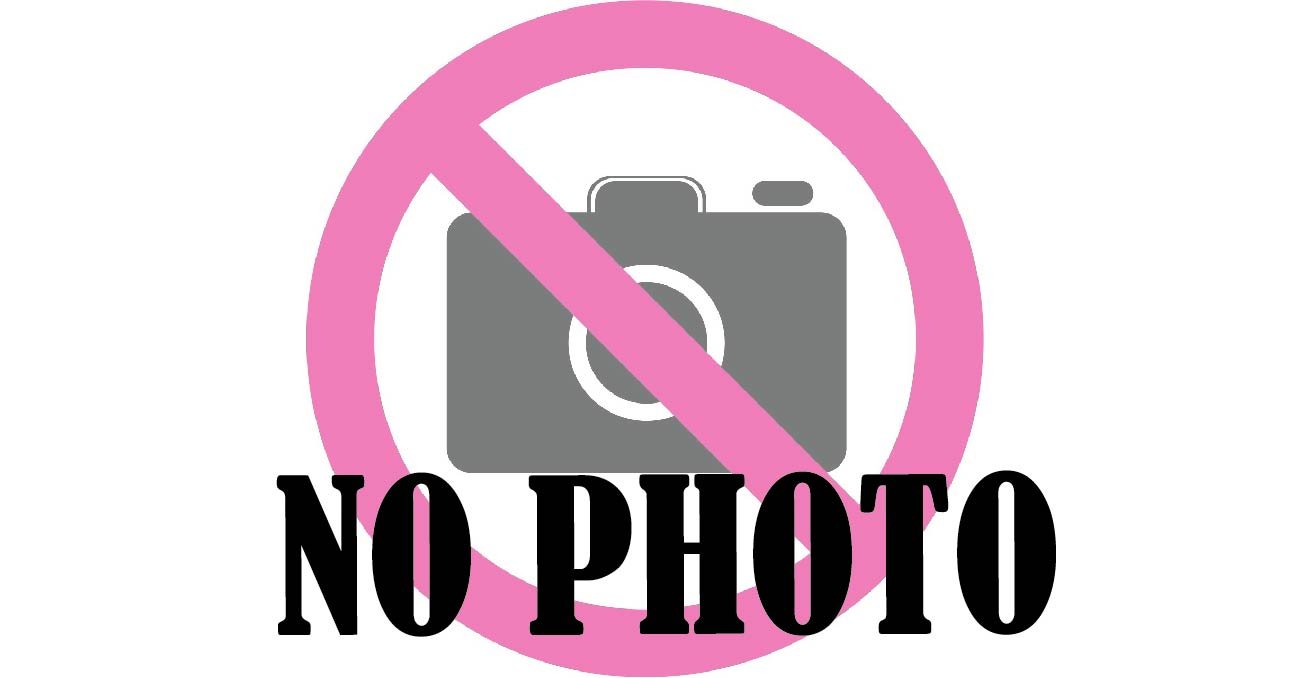The ocean is of great significance to the survival and development of human society. Controlling marine litter, establishing marine protected areas, repairing coral reefs, and developing sustainable fisheries… Countries around the world have taken action to strengthen marine ecological protection, achieve the orderly development and utilization of marine resources, so that the vast ocean can continue to benefit mankind.
Norway
Realize the rational and orderly utilization of marine living resources
Our reporter Fang Yuxin
With a long coastline, vast sea areas and rich marine resources, Norway is the world’s second largest exporter of seafood, with two-thirds of its export revenue coming from the oceans. Norway strives to balance marine production and marine protection, jumps out of the simple development model of “eating the sea by sea”, and is committed to achieving the rational and orderly use of marine living resources through strict institutional and scientific management, so as to better protect marine biodiversity and marine ecosystem functions.
Overfishing is one of the greatest threats to marine biodiversity. WWF pointed out that overfishing has caused fish stocks to decline too fast to achieve natural recovery, which has affected the entire marine ecosystem. In the 1960s and 1970s, Norway’s overfishing became more and more serious, and the production of some fish stocks fell sharply, the most serious of which was herring. Herring is one of the main species caught by Norwegian fishermen. In 1954, Norway’s herring catch reached a record 1.46 million tons, but in 1969, it plummeted to 186,000 tons.
In order to protect species, Norway’s fisheries sector has introduced a strict quota system to control the amount of fishing and combat overfishing and illegal fishing. The fisheries sector determines the total annual catch through the monitoring, analysis and assessment of fishery resources and fishing data, and negotiates with neighboring countries to agree on the catch of shared fish stocks. After the quota is determined, it is allocated to fishermen through the fishermen’s association. Fishermen are required to carry out fishing activities and be supervised by the fisheries department, the coast guard, fishermen’s marketing organizations and other institutions. In 2009, Norway’s newly revised Marine Resources Act came into force, which further regulates fishing methods to minimize the impact of fishing on marine ecology. According to the regulations, trawling is prohibited except for kelp, shrimp or Norwegian lobster.
Focusing on development and protection, promoting marine protection in development has become Norway’s main idea for sustainable fisheries development. In order to protect the marine ecosystem, the Norwegian government combines fisheries management with marine biodiversity conservation, and carries out classification management for different species, focusing on the protection of fry and endangered fish, as well as areas with fragile ecological environments such as fish spawning areas and coral reefs. According to a regulation that entered into force in 2011, Norway’s 800,000 square kilometers of deep sea is prohibited from bottom fishing to better protect the ecological environment of the seabed habitat.
A series of marine protected areas have also been established one after another. In order to protect lobster stocks, Norway established four pilot marine protected areas in 2006, where fishing is prohibited. A relevant study of the Norwegian Institute of Oceanography pointed out that thanks to the establishment of marine protected areas, the density of lobster has increased, and its size has also increased by about 13% on average.
While promoting sustainable fisheries development, Norway has also taken a variety of initiatives to protect the marine ecosystem. In order to reduce the impact of maritime transport on the marine ecosystem, Norway has formulated the Green Shipping Action Plan, which proposes to strive to halve domestic shipping and fisheries emissions by 2030; in 2018, it launched the Marine Waste and Microplastics Control Development Plan, which is planned to be between 2019-2022. It has allocated 1.6 billion Norwegian kroner to improve the management of plastic waste and promote global marine waste management. Norway has also established a trust fund in cooperation with the World Bank, increasing the number of NOK 46 million to carry out fisheries management, marine pollution control, integrated marine management, etc. Cooperation projects in the field.



